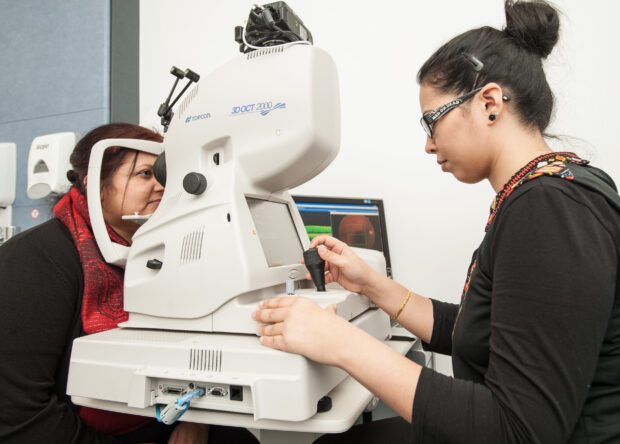Diabetes UK estimates that more than 4 million people are living with diabetes in the UK.
That number has been increasing by around 5% a year, which underlines the scale of the challenge facing local diabetic eye screening programmes that need to obtain and maintain accurate patient lists.
Objective 1 of the national programme standards states local programmes must have up to date and accurate lists of who to invite for screening. They need to follow a number of processes need to ensure this happens and to prevent incidents.
Programmes should receive regular patient updates from GP practices to ensure they have accurate lists. However, it is also very important that programmes check the number of people on their lists against the number of people with diabetes reported by GPs on the Calculating Quality Reporting Service (CQRS). They should do this as soon as possible after the publication of the Quality and Outcomes Framework (QOF) data each October. Programmes should also check their registers directly with GP practices on a quarterly basis as per the requirement in the new service specification.
The local programme database should be as big as or bigger than the CQRS population because the CQRS data only includes people with diabetes aged 17 and over. This data can be found on the Health and Social Care Information Centre website.
This is how to check the numbers (please note that the dates will change according to the reporting year):
- On the HSCIC web page under ‘Resources’, click on: ‘QOF 2014-15: Prevalence, achievements and exceptions at practice level, high dependency and other long term conditions group [zip]’
- Choose: ‘qof-1415-Prac-diabetesmellitus.xlsx’
- Filter the data within the spreadsheet by Area Team and/or CCG
- Compare each GP practice data recorded in the ‘Register’ column / column ‘W’ with the DES data
After checking the numbers, programmes should get in touch with each GP practice to compare lists, focusing first on the practices where there are the biggest differences.
Where there is a difference of around 5% or more, local programmes, in conjunction with their provider organisation and lead commissioner, should consider an immediate investigation as it could indicate that GP practices may not be referring people to the screening programme in a timely manner.
PHE Screening blogs
PHE Screening blogs provide up to date news from all NHS screening programmes – replacing our previously published newsletters.
You can register to receive updates direct to your inbox, so there’s no need to keep checking for new blogs.
